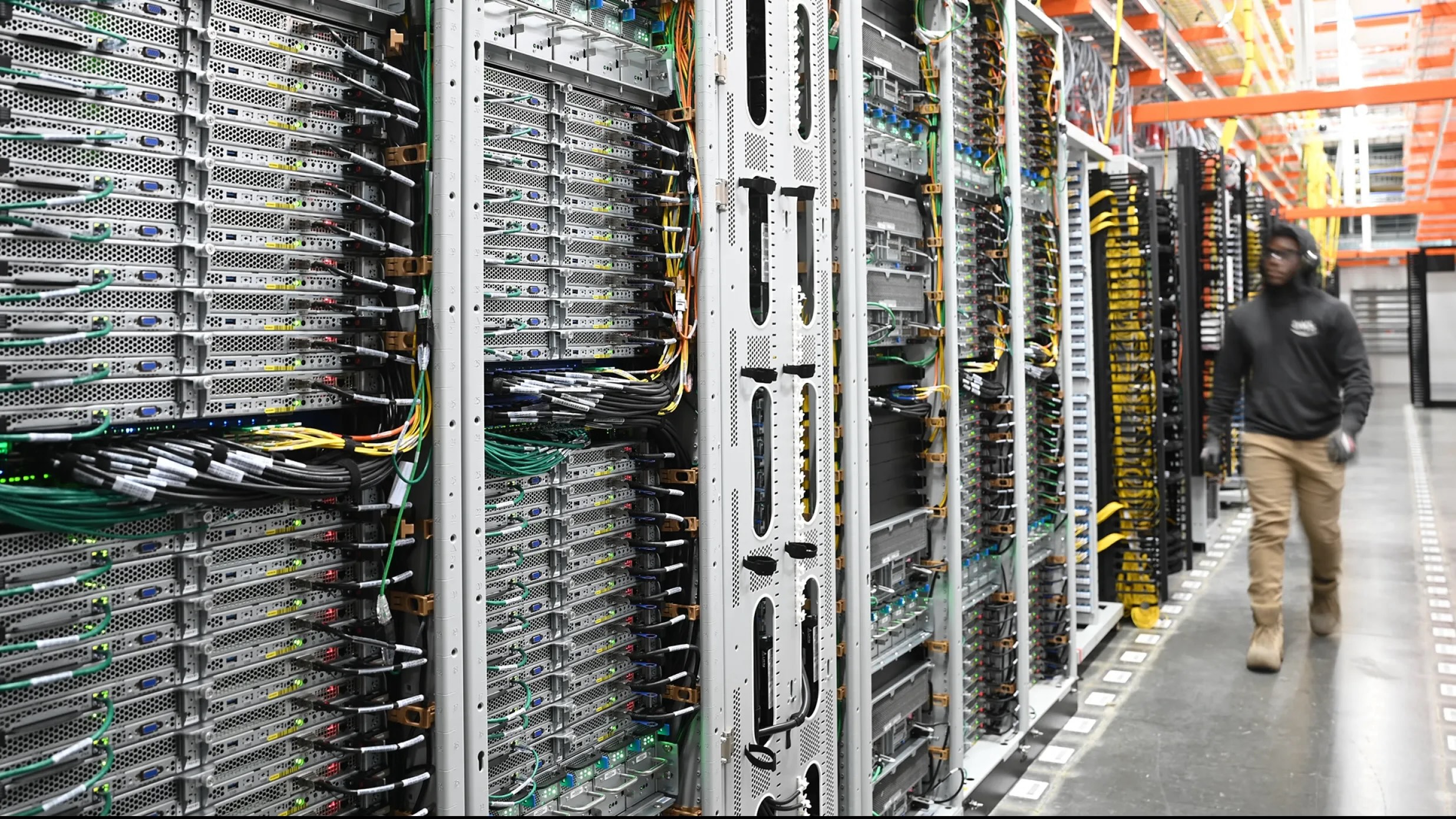Amazon has announced it will build a training centre in Mississippi to support careers in cloud computing infrastructure with Amazon Web Services (AWS) and its network of contractors, partners and vendors.
The Amazon Community Workforce Accelerator Madison County will feature a variety of training courses for roles at AWS data centres and learning labs. Additionally, it will also provide equipment and support for job interviews, mentoring and fibre skills.
In January, Amazon announced plans to invest $10 billion in Mississippi to build two data centres which would create around 1,000 jobs. Amazon claimed the investment marked the single largest capital investment in Mississippi’s history and would add around an estimated $3.3 billion to Mississippi’s GDP.
“In addition to the direct benefits of new, technical jobs and local investment, we’re excited to partner with local community colleges and schools to accelerate local talent development, deliver new programmes to educate people of all ages, and have plans to help sponsor important local events,” said Kevin Miller, AWS vice president of global data centres.
“Amazon is the world’s largest corporate purchaser of renewable energy, and we’re excited to partner in delivering 650 megawatts of new solar energy projects to help power our operations in Mississippi.”
Latest News
-
PornHub probes reported breach affecting premium users’ viewing data
-
Apple’s iPhone to support alternative app stores in Japan
-
Google partners with Indian bank to roll out credit card
-
Barclays to trial AI-driven platform to drive SME sustainability insights
-
Former UK chancellor George Osborne to join OpenAI
-
Amazon ‘in talks to pour $10bn’ into OpenAI
The future-ready CFO: Driving strategic growth and innovation
This National Technology News webinar sponsored by Sage will explore how CFOs can leverage their unique blend of financial acumen, technological savvy, and strategic mindset to foster cross-functional collaboration and shape overall company direction. Attendees will gain insights into breaking down operational silos, aligning goals across departments like IT, operations, HR, and marketing, and utilising technology to enable real-time data sharing and visibility.
The corporate roadmap to payment excellence: Keeping pace with emerging trends to maximise growth opportunities
In today's rapidly evolving finance and accounting landscape, one of the biggest challenges organisations face is attracting and retaining top talent. As automation and AI revolutionise the profession, finance teams require new skillsets centred on analysis, collaboration, and strategic thinking to drive sustainable competitive advantage.
© 2019 Perspective Publishing Privacy & Cookies











Recent Stories